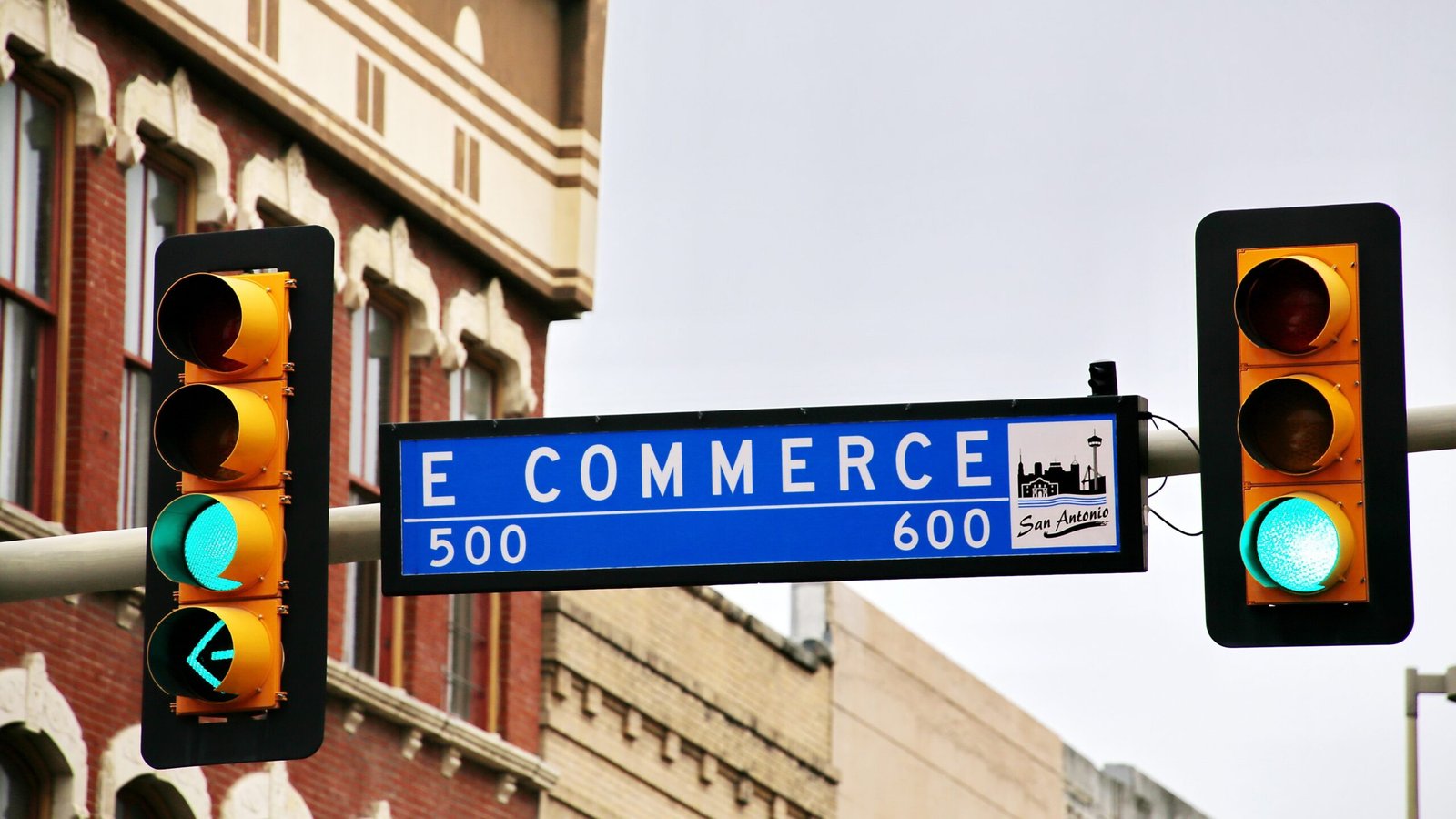In the world of e-commerce, the 1990s marked the beginning of a new era. Brand-led e-commerce was the norm back then. Companies focused on establishing their brand identity and creating a strong online presence. This involved building visually appealing websites, showcasing their products, and providing basic functionalities for customers to make purchases.
Fast forward to the 2020s, and the landscape of e-commerce has drastically changed. With the rise of user experience (UX) design and technology advancements, UX-led e-commerce has taken center stage. The focus has shifted from just presenting a brand to creating an immersive and personalized shopping experience for customers.
So, what exactly is the difference between brand-led e-commerce in the 1990s and UX-led e-commerce in the 2020s? Let’s delve into the details.
Brand-led E-Commerce in the 1990s
In the 1990s, e-commerce was still in its infancy. Companies primarily used their websites as digital catalogs, where customers could browse through products and place orders. The emphasis was on creating a visually appealing website that reflected the brand’s identity.
However, the functionality of these websites was often limited. Customers had to navigate through multiple pages to find what they were looking for, and the checkout process was often cumbersome and time-consuming.
Additionally, personalization was minimal, if not non-existent. Websites offered a one-size-fits-all experience, with little regard for individual customer preferences or browsing habits.
UX-led E-Commerce in the 2020s
Fast forward to the 2020s, and UX-led e-commerce has revolutionized the online shopping experience. UX designers now play a crucial role in creating seamless, intuitive, and personalized user journeys.
Today’s e-commerce websites are optimized for mobile devices, ensuring a seamless shopping experience across different screens and platforms. Navigation has become more intuitive, with streamlined menus and search functionalities that enable customers to find products with ease.
Moreover, personalization has become a key focus. Advanced algorithms and machine learning technologies analyze customer data to offer tailored recommendations, personalized product suggestions, and customized shopping experiences.
What Does the Future Hold?
The future of e-commerce is undoubtedly exciting. As technology continues to advance, we can expect further enhancements in the user experience. Virtual reality (VR) and augmented reality (AR) technologies are already making their way into the e-commerce industry, enabling customers to virtually try on products and visualize them in their own living spaces.
Furthermore, voice commerce and artificial intelligence (AI) are set to play significant roles in the future of e-commerce. Voice assistants like Amazon’s Alexa and Google Assistant are already gaining popularity, allowing customers to make purchases using voice commands.
As for AI, it will continue to power personalized shopping experiences, providing real-time product recommendations, chatbot assistance, and enhanced customer support.
In conclusion, the shift from brand-led e-commerce in the 1990s to UX-led e-commerce in the 2020s signifies a significant evolution in the online shopping experience. With advancements in technology and a focus on user-centric design, the future of e-commerce holds endless possibilities for creating immersive, personalized, and seamless shopping experiences for customers.

